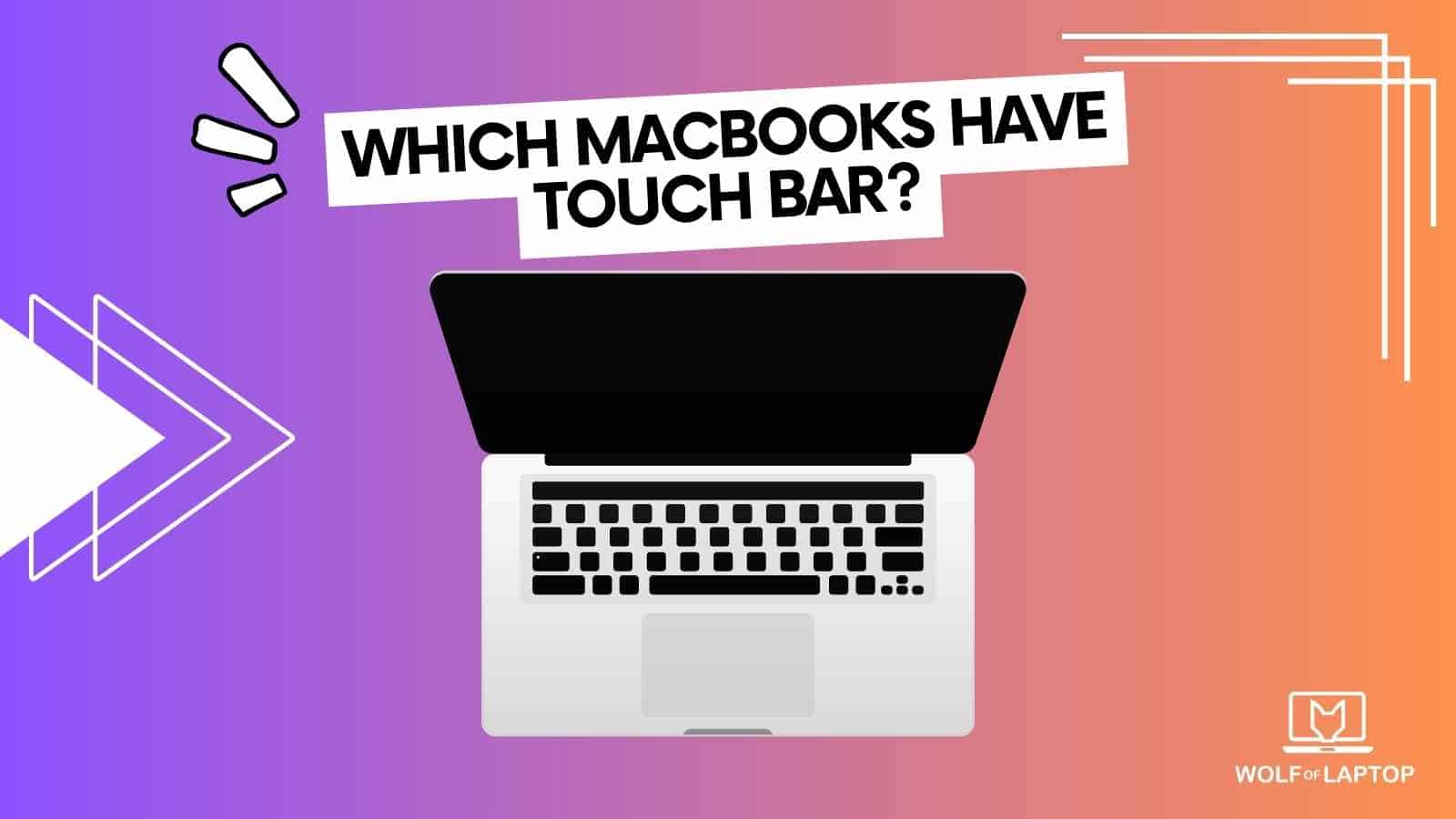What Macbooks Have A Touch Bar
As we bid farewell to a familiar feature on Apple's MacBook Pro, the Touch Bar, it's essential to reflect on its journey and impact on users over the years. The Touch Bar was introduced by Apple in 2016 as a revolutionary addition to the MacBook Pro lineup, promising a more intuitive and efficient way to interact with the device. However, after five years of mixed reviews and limited functionality, Apple has announced that they will be phasing out the Touch Bar in future models.
The Evolution of the Touch Bar
From its inception, the Touch Bar was met with both excitement and skepticism from users and tech enthusiasts. The OLED touchscreen strip replaced the traditional function keys on the MacBook Pro, offering dynamic, context-sensitive shortcuts and controls that changed based on the app in use. This innovative approach aimed to streamline workflows and enhance productivity for professionals in various industries, from graphic design to video editing.
Despite its potential, the Touch Bar never quite lived up to the hype. Many users found it to be gimmicky and unnecessary, preferring the reliability and tactile feedback of physical keys. The limited customizability and inconsistent support for third-party apps further hindered its adoption among power users.
The End of an Era
With the latest announcement from Apple, the end of the Touch Bar era is upon us. The upcoming MacBook Pro models will feature a more traditional design with the return of physical function keys, much to the delight of many long-time Mac users. While some may mourn the loss of the Touch Bar, others see it as a necessary step towards simplicity and focus in Apple's product lineup.
Looking Ahead
As we look to the future of Apple's laptops, it's clear that the company is committed to refining and improving the user experience. While the Touch Bar may be on its way out, Apple continues to innovate in other areas, such as performance, battery life, and design. The decision to retire the Touch Bar signals a shift in priorities for Apple, placing a greater emphasis on functionality and user feedback.
The Legacy of the Touch Bar
While the Touch Bar may not have achieved widespread acclaim, it leaves behind a legacy of experimentation and innovation. Its introduction sparked a debate about the future of input devices and user interfaces, pushing the boundaries of what is possible in a laptop form factor. As we say goodbye to the Touch Bar, we can appreciate the risks taken by Apple in pursuit of a better user experience.
 The death of Apple's Touch Bar
The death of Apple's Touch Bar
It was long overdue, as many users felt that the Touch Bar never fully lived up to its potential. While it offered some convenience and customization options, it ultimately failed to justify its existence for most users. The decision to remove it from future MacBook Pro models reflects a shift in Apple's design philosophy towards simplicity and practicality.
 Why Apple Finally Killed the Touch Bar
Why Apple Finally Killed the Touch Bar
Apple's decision to ditch the Touch Bar was driven by a combination of user feedback, lackluster adoption, and evolving design trends. While it may have been a bold experiment at the time, it ultimately failed to resonate with the majority of MacBook Pro users. The return to physical function keys signals a return to basics and a focus on practicality over gimmicks.
 Which MacBooks Have The Touch Bar
Which MacBooks Have The Touch Bar
For those who were fans of the Touch Bar, it's important to note which MacBooks featured this unique input device. While its time may have come to an end, the Touch Bar will be remembered as a bold experiment in user interface design that sparked conversation and debate within the tech community.
 MacBook Touch Bar: the Special Touchscreens, Explained
MacBook Touch Bar: the Special Touchscreens, Explained
While the Touch Bar may not have been the game-changer that Apple had hoped for, it did bring attention to the potential of touch-enabled controls on laptops. As we move forward, it will be interesting to see how Apple and other manufacturers continue to innovate in this space and explore new ways to enhance user interaction and productivity.
 Apple MacBook Pro 15-Inch (2016, Touch Bar) - Review 2016
Apple MacBook Pro 15-Inch (2016, Touch Bar) - Review 2016
As we reflect on the Touch Bar's journey, it's important to acknowledge the impact it had on the MacBook Pro lineup and the broader tech industry. While its demise may be seen as a failure by some, it's also a reminder of the risks and rewards of innovation. As we look to the future, we can expect Apple to continue pushing boundaries and exploring new ways to improve the user experience.
For more insightful articles, visit The Legacy of the Touch Bar.
MacBook Touch Bar: The Special Touchscreens, Explained
Which MacBooks Have The Touch Bar (Full-List)
 wolfoflaptop.com
wolfoflaptop.com The Death Of Apple's Touch Bar Is Long Overdue | Mashable
 mashable.com
mashable.com Why Apple Finally Killed The Touch Bar On The MacBook Pro | Digital Trends
 www.digitaltrends.com
www.digitaltrends.com Apple MacBook Pro 15-Inch (2016, Touch Bar) - Review 2016 - PCMag UK
 uk.pcmag.com
uk.pcmag.com
Komentar
Posting Komentar